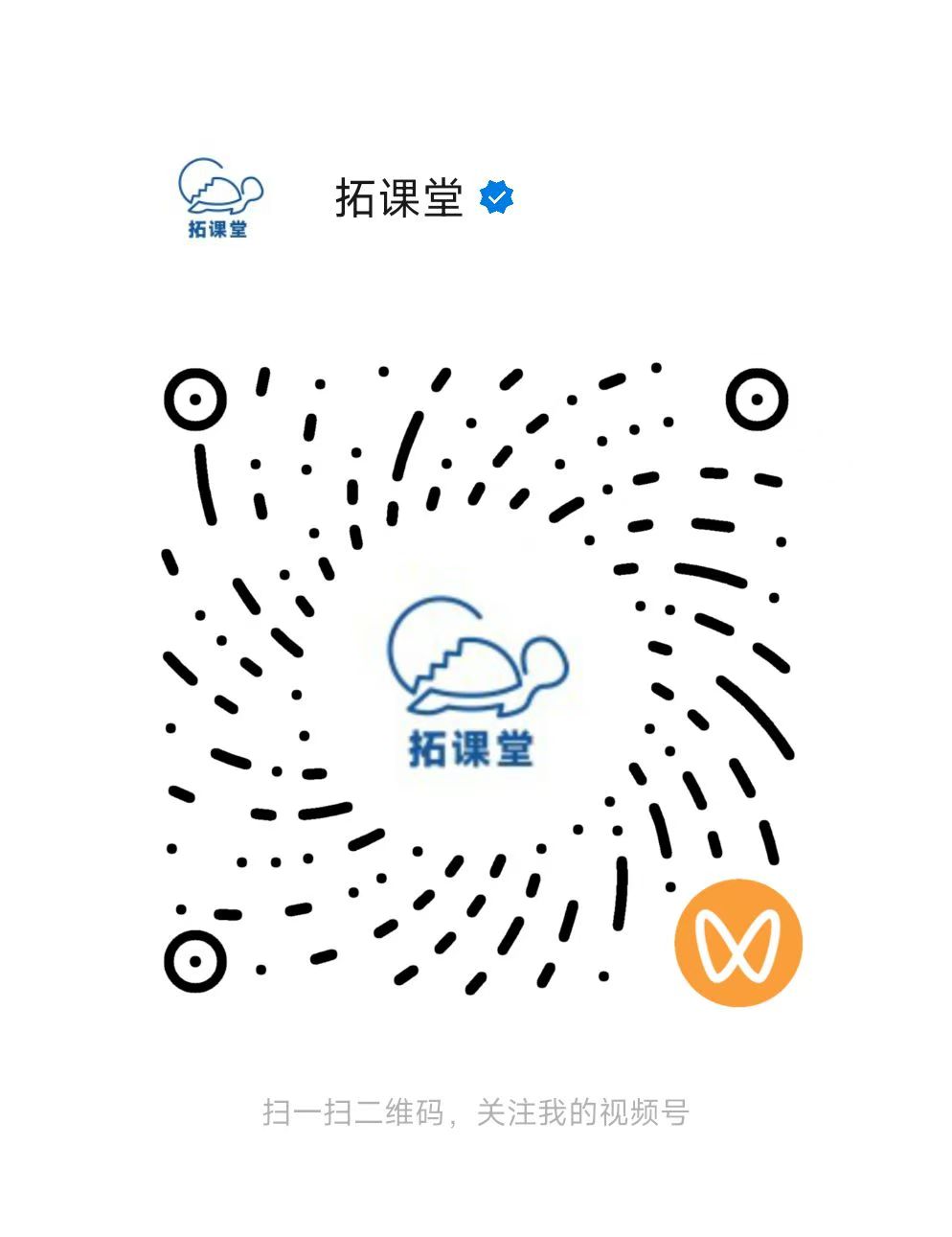AS计算机 核心笔记
Learning Journey
1. Information Representation
Section titled “1. Information Representation”1.1 Data Representation
Section titled “1.1 Data Representation”Understanding how computers store and manipulate data is fundamental to everything in computer science. Let’s break down the key concepts you’ll need to master.
Number Systems and Prefixes
Section titled “Number Systems and Prefixes”Binary vs. Decimal Prefixes
You’ve probably noticed that a “1 TB” hard drive doesn’t actually give you 1 TB of usable space - this is why! Manufacturers use decimal (1000-based) prefixes, but operating systems often report using binary (1024-based) prefixes.
Click to flip • Press Space or Enter
Number Systems You Must Know
Section titled “Number Systems You Must Know”| Number System | Base | Digits Used | Example |
|---|---|---|---|
| Binary | 2 | 0, 1 | |
| Denary (Decimal) | 10 | 0-9 | |
| Hexadecimal | 16 | 0-9, A-F | |
| Binary Coded Decimal (BCD) | Special | 4 bits per digit |
Number System Conversion
Representing Negative Numbers
Section titled “Representing Negative Numbers”Computers need a systematic way to represent negative numbers. Two’s complement has become the standard because it’s incredibly elegant for arithmetic.
Negative Binary Representation
Click to flip • Press Space or Enter
Binary Arithmetic
Section titled “Binary Arithmetic”Here’s where two’s complement really shines. Want to calculate
Binary Subtraction using Two's Complement
Practical Applications
Section titled “Practical Applications”Understanding these number systems isn’t just academic - they’re used everywhere in computing:
| Application | Number System | Why? |
|---|---|---|
| Financial calculations | BCD | Exact decimal representation, no floating-point errors |
| Digital displays/clocks | BCD | Each digit needs separate display |
| Memory addresses | Hexadecimal | Compact, easy to convert to/from binary |
| MAC addresses | Hexadecimal | e.g., A4:5E:60:E6:1B:37 |
| Assembly code | Hexadecimal | Human-readable machine code |
Character Encoding
Section titled “Character Encoding”Character Sets Evolution
Click to flip • Press Space or Enter
1.2 Multimedia
Section titled “1.2 Multimedia”How do we store images and sound? They’re fundamentally different from text and numbers - they’re continuous in the real world but must become discrete digital data.
Graphics: Bitmap vs. Vector
Section titled “Graphics: Bitmap vs. Vector”Two Fundamentally Different Approaches
| Aspect | Bitmap Image | Vector Graphic |
|---|---|---|
| How it’s stored | Grid of pixels, each pixel has a color value | Mathematical formulas for lines, curves, shapes |
| Key terms | Pixel, Image Resolution, Colour Depth, File Header | Drawing Object, Property, Drawing List |
| File size formula | Depends on number and complexity of objects | |
| Quality when scaled | Becomes pixelated (blocky) | No quality loss - recalculated mathematically |
| Best for | Photographs, complex images with subtle color variations | Logos, text, illustrations that need to scale |
Bitmap File Size Calculation
Click to flip • Press Space or Enter
Sound Encoding
Section titled “Sound Encoding”Sound waves are continuous (analog), but computers need discrete (digital) data. The solution? Sampling.
From Analog to Digital
| Parameter | What it controls | Impact of increasing it |
|---|---|---|
| Sampling Rate | Number of samples per second | ⬆️ Better capture of high frequencies, larger file |
| Sampling Resolution | Bits used to store each sample’s amplitude | ⬆️ More accurate volume representation, larger file |
Audio File Size Calculation
1.3 Compression
Section titled “1.3 Compression”Why compress? Two main reasons: faster transmission (less bandwidth needed) and reduced storage space.
Lossless vs. Lossy
| Compression Type | Data Loss? | Best Used For | Example Formats |
|---|---|---|---|
| Lossless | ❌ None | Text files, program code, medical scans - anything where integrity is critical | ZIP, PNG, FLAC |
| Lossy | ✓ Some | Multimedia where slight quality loss is acceptable | JPEG, MP3, MP4 |
Common Compression Methods
Section titled “Common Compression Methods”Click to flip • Press Space or Enter
2. Communication
Section titled “2. Communication”2.1 Networks Including the Internet
Section titled “2.1 Networks Including the Internet”Welcome to the world of networked computing! Let’s start with the fundamental building blocks.
Network Types: LAN vs. WAN
Section titled “Network Types: LAN vs. WAN”Understanding Network Scale
| Feature | LAN | WAN |
|---|---|---|
| Geographic coverage | Small (building, campus) | Large (city, country, global) |
| Ownership | Single organization | Multiple parties, uses public infrastructure |
| Speed | Very fast (Gbps common) | Slower (depends on connection type) |
| Cost | Lower setup and maintenance | Higher, especially for dedicated lines |
| Example | School computer lab network | The Internet |
Network Models: Client-Server vs. Peer-to-Peer
Section titled “Network Models: Client-Server vs. Peer-to-Peer”Two Ways to Organize Network Resources
Client-Server Model
✅ Benefits:
- Centralized security and backups
- Easier to manage and update
- Better performance for shared resources
❌ Drawbacks:
- High setup cost (powerful server needed)
- Single point of failure
- Requires skilled IT staff
Peer-to-Peer Model
✅ Benefits:
- Cheap to set up (no server needed)
- Robust (no single point of failure)
- Easy for small groups
❌ Drawbacks:
- Poor security (hard to control)
- No centralized backups
- Difficult to manage at scale
Thin-Client vs. Thick-Client
Section titled “Thin-Client vs. Thick-Client”Click to flip • Press Space or Enter
Network Topologies
Section titled “Network Topologies”The physical or logical arrangement of network devices matters a lot for performance, reliability, and cost!
Common Network Topologies
| Topology | Diagram Concept | Advantages | Disadvantages | Best For |
|---|---|---|---|---|
| Bus | Linear cable with taps | Simple, cheap | Backbone failure = total failure, collisions | Small networks, legacy systems |
| Star | Central hub/switch | Robust, easy to troubleshoot | Central device failure = network down | Modern LANs, offices |
| Mesh | Interconnected web | No single point of failure, fast | Very expensive, complex setup | Critical infrastructure, data centers |
Topology Selection
Cloud Computing
Section titled “Cloud Computing”“The cloud” is just someone else’s computer - but it’s revolutionized how we think about infrastructure!
Cloud Computing Fundamentals
| Aspect | Public Cloud | Private Cloud |
|---|---|---|
| Provider | Third-party (Amazon, Google, Microsoft) | Your organization (or dedicated hosting) |
| Sharing | Multi-tenant (shared with others) | Single-tenant (exclusive) |
| Cost | Lower upfront, pay-as-you-go | Higher initial investment |
| Security | Provider’s responsibility, shared environment | More control, isolated environment |
| Best for | Startups, variable workloads, web apps | Sensitive data, compliance requirements |
Wired vs. Wireless Transmission
Section titled “Wired vs. Wireless Transmission”Connection Types
Wired Technologies:
- Copper cable (UTP): Cheap, good for short distances
- Fibre-optic: Very fast over long distances using light pulses, expensive
Wireless Technologies:
- WiFi: Local wireless, good for offices/homes
- Microwaves: Point-to-point, line-of-sight required
- Satellites: Global coverage, high latency
Essential LAN Hardware
Section titled “Essential LAN Hardware”Click to flip • Press Space or Enter
| Device | Function | Works at Layer | Uses Address Type |
|---|---|---|---|
| Switch | Connect devices in LAN, direct traffic to intended recipient | Data Link | MAC address |
| Router | Connect different networks, route packets between them | Network | IP address |
| NIC/WNIC | Allow device to connect to network (wired/wireless) | Physical/Data Link | Has MAC address |
| WAP | Wireless Access Point - connects wireless devices to wired network | Physical/Data Link | - |
| Repeater | Boost signal strength for longer distances | Physical | - |
| Bridge | Connect two similar network segments | Data Link | - |
Ethernet and CSMA/CD
Section titled “Ethernet and CSMA/CD”Ethernet is the standard for LANs, and CSMA/CD is how devices “take turns” talking on a shared medium.
CSMA/CD - The "Listen Before Speaking" Protocol
Think of CSMA/CD like a polite conversation:
- Listen before you speak (Carrier Sense)
- If someone else is talking, wait
- If two people start at the same time (Collision), both stop and wait before trying again
Bit Streaming
Section titled “Bit Streaming”How do you watch Netflix without downloading the entire movie first? Streaming!
Click to flip • Press Space or Enter
Internet vs. World Wide Web
Section titled “Internet vs. World Wide Web”Not the Same Thing!
The internet is like the road system, the web is like all the shops and houses you can visit on those roads. Email, gaming, file transfer - these all use the internet but aren’t part of the web!
IP Addresses - The Internet’s Addressing System
Section titled “IP Addresses - The Internet’s Addressing System”Every device needs an address to receive data. That’s where IP addresses come in!
IP Address Fundamentals
| IP Type | Public IP | Private IP |
|---|---|---|
| Scope | Globally unique, used on internet | Only within local network |
| Assignment | ISP provides | Router assigns internally |
| Example ranges | Any valid public IP | 192.168.x.x, 10.x.x.x, 172.16.x.x |
| Security | Directly accessible from internet | Hidden behind router (NAT) - more secure |
Click to flip • Press Space or Enter
Understanding Subnetting
URL and DNS - Making the Internet Human-Friendly
Section titled “URL and DNS - Making the Internet Human-Friendly”Nobody wants to remember 172.217.14.206 when they can just type google.com!
From Domain Names to IP Addresses
How DNS Works:
- You type
www.example.comin your browser - Your computer asks a DNS server: “What’s the IP address for this?”
- DNS responds: “It’s 93.184.216.34”
- Your computer connects to that IP address
- The website loads!
All of this happens in milliseconds, and you never see it happening.
Click to flip • Press Space or Enter
Summary & Review
Section titled “Summary & Review”You’ve covered a massive amount of material! Let’s wrap it up with the absolute essentials.
Essential Takeaways - Information Representation
Essential Takeaways - Communication & Networks
Final Review Checklist
Study Resources:
- Practice all exercises in this guide
- Use flashcards for quick recall of definitions and formulas
- Review each KeyConcepts box before exams
- Track your progress with the checklists above
Good luck with your AS Computer Science journey!

